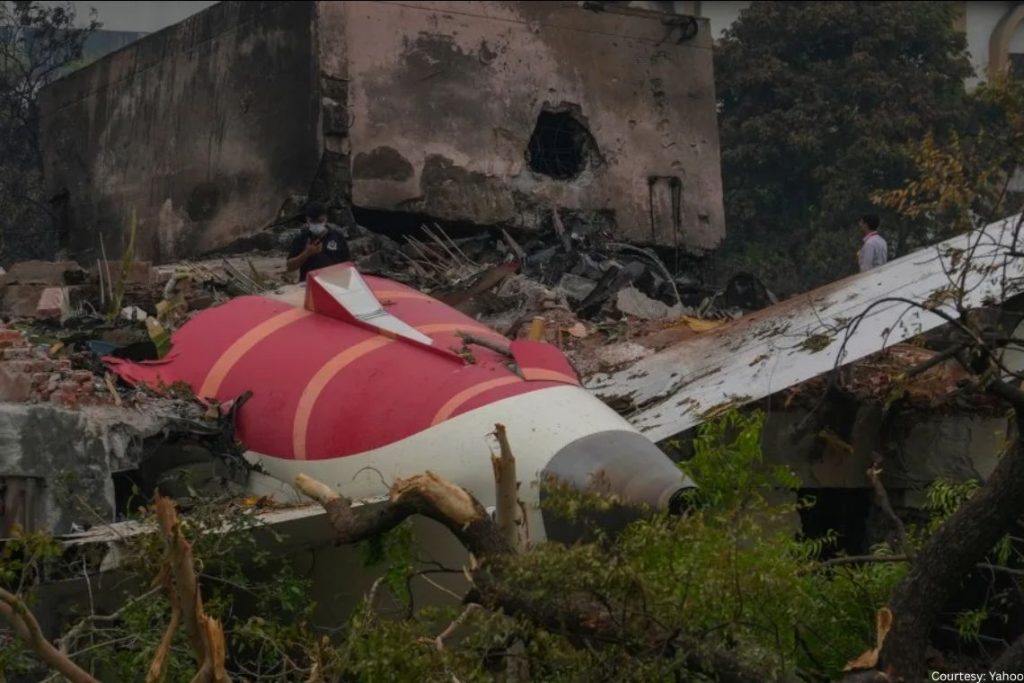NEW DELHI – A preliminary investigation into the tragic crash of Air India Flight 171 has revealed that both engines were shut down mid-flight due to confusion over fuel control switches in the cockpit. The incident occurred shortly after takeoff from Ahmedabad on June 12, resulting in the deaths of 260 people, including 19 on the ground. Only one passenger survived the crash.
According to the Aircraft Accident Investigation Bureau (AAIB) of India, the Boeing 787 Dreamliner suffered a total loss of thrust when both engine fuel control switches were moved from “RUN” to “CUTOFF” just seconds after takeoff. The cockpit voice recorder revealed that one pilot questioned the other about shutting off the fuel, only to be told, “I didn’t do so,” indicating a lack of clarity and possible unintended action in the cockpit.
Investigation Findings
The report confirmed:
- Both engines lost power nearly 30 seconds after takeoff.
- The aircraft’s Ram Air Turbine (RAT) deployed automatically to provide emergency electrical power.
- Pilots attempted to restart the engines; Engine 1 was successfully reignited but not in time to prevent the crash.
The fuel switches were found in the RUN position at the crash site, indicating that the crew attempted to correct the error before impact.
Flight Crew Experience
The cockpit was manned by highly experienced pilots:
- Captain Sumeet Sabharwal – over 15,600 flight hours
- First Officer Clive Kunder – over 3,400 flight hours
Despite their experience, investigators found no technical faults in the aircraft, its systems, or engines. All signs point to cockpit miscommunication or accidental operation of critical controls.
Regulatory and Industry Response
- The investigation is being supported by the National Transportation Safety Board (NTSB) and the Federal Aviation Administration (FAA) of the United States, along with Boeing and GE Aerospace.
- Air India has grounded and inspected its 787 fleet as a precautionary measure.
- The final investigation report is expected by mid-2026.
Meanwhile, the Airline Pilots’ Association of India (ALPAI) has expressed concern over the lack of pilot representation in the investigative process and has called for more balanced procedural reforms.
Conclusion
The preliminary findings indicate that pilot confusion or error involving critical engine controls may have directly led to India’s deadliest aviation disaster in recent years. With global regulators monitoring the investigation closely, the final report could have far-reaching implications for flight safety and cockpit protocol training worldwide.
For accurate and timely aviation news, follow PakTribune.com.


